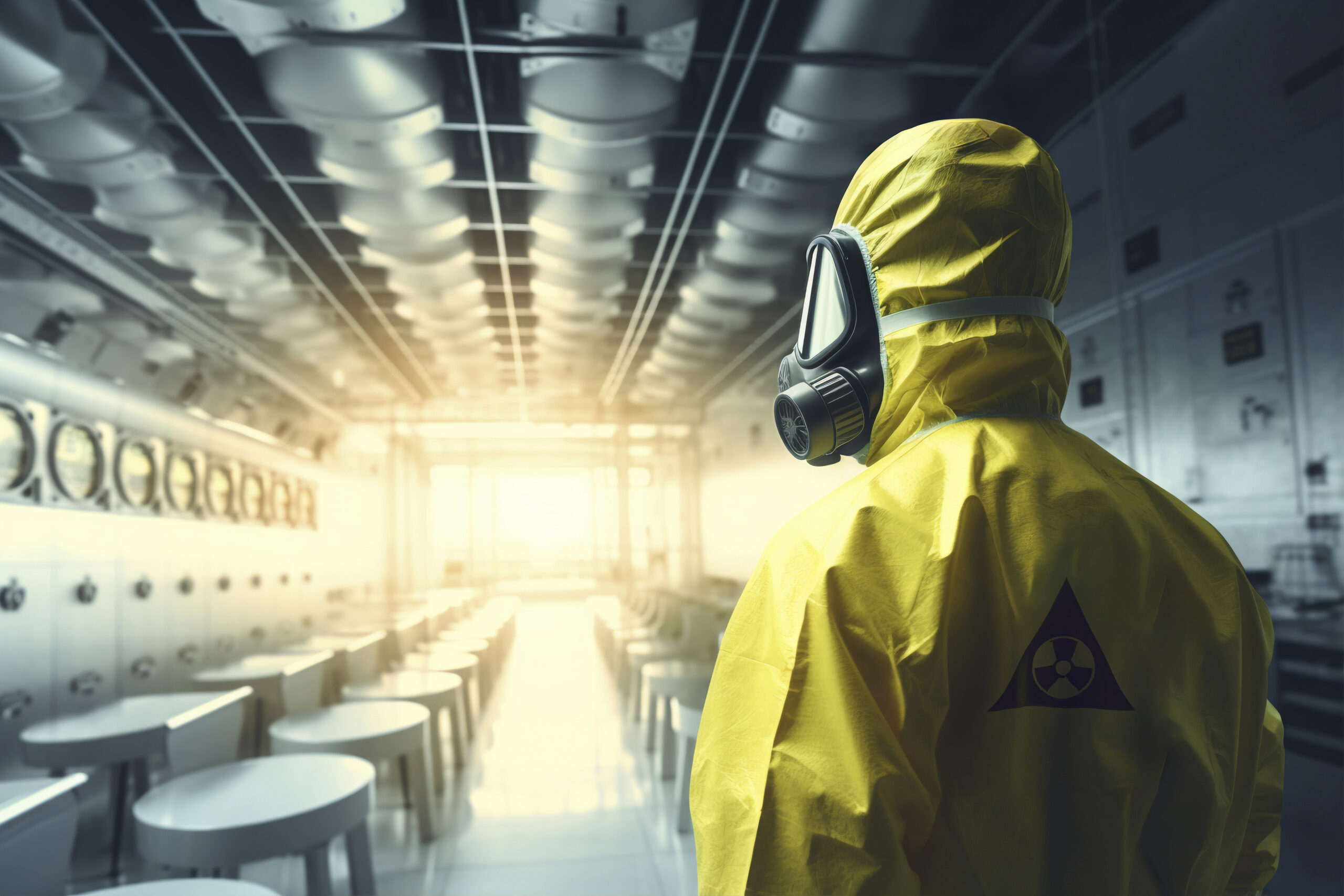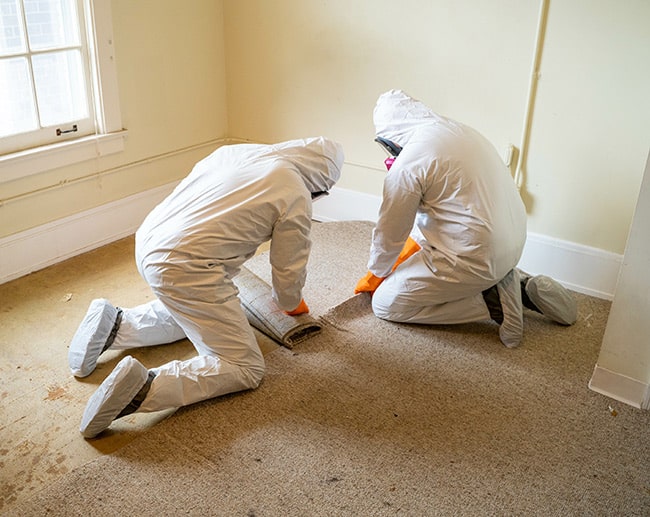Professional Homicide and Suicide Cleanup: Compassionate and Discreet Solutions
Professional Homicide and Suicide Cleanup: Compassionate and Discreet Solutions
Blog Article
Expert Biohazard Cleaning and Decontamination for Blood, Bodily Fluids, and Hazardous Products
In the world of biohazard cleansing and purification for blood, physical fluids, and hazardous materials, precision and experience are vital. The prospective health and wellness dangers connected with direct exposure to biohazards highlight the important need for thorough handling and detailed cleaning. Specialized training outfits professionals with the understanding and skills needed to attend to these unsafe situations properly. Nevertheless, it is not merely regarding cleansing up; the relevance of employing correct purification strategies can not be overstated. As we browse the elaborate landscape of biohazard clean-up, understanding the subtleties of regulations, conformity, and the specialized tools at play comes to be crucial in making sure a comprehensive and secure decontamination procedure.
Wellness Risks of Biohazard Direct Exposure
Direct exposure to biohazards postures substantial health dangers that can cause extreme consequences for individuals and neighborhoods alike. Biohazards incorporate a variety of biological substances, consisting of blood, bodily fluids, mold and mildew, microorganisms, viruses, and various other potentially contagious products. When people come right into call with these biohazards, whether with crashes, inappropriate handling, or environmental direct exposure, they face the risk of having significant health problems or conditions.
Among the key health risks associated with biohazard exposure is the transmission of transmittable illness. Bloodborne microorganisms such as HIV, hepatitis B and C, and numerous microorganisms can be existing in biohazardous products, presenting a direct risk to human health and wellness. Breathing in airborne biohazards like mold spores or entering into contact with infected surfaces can additionally cause breathing problems, allergies, and other unfavorable wellness results.
Furthermore, biohazard direct exposure can have long-lasting wellness implications, with some diseases showing up years after the initial call (Blood Cleanup). As a result, it is vital to prioritize correct biohazard cleansing and purification to mitigate these health risks and make sure the safety of individuals and areas

Specialized Educating for Biohazard Cleaning
When it pertains to handling biohazard cleaning successfully and safely, specialized training plays an essential duty in guaranteeing proper decontamination procedures are followed. Biohazard cleaning needs specific expertise and skills to successfully mitigate dangers linked with bloodborne microorganisms, physical liquids, and harmful products. Experts learnt biohazard cleanup go through extensive guideline on how to safely take care of, eliminate, and get rid of biohazardous products to protect against contamination and direct exposure.
Specialized training for biohazard cleanup covers a variety of important subjects, including appropriate personal safety equipment (PPE) use, bloodborne microorganism awareness, decontamination strategies, and contaminated materials disposal procedures. People trained in biohazard cleanup are outfitted with the necessary experience to analyze contamination levels, recognize prospective threats, and implement ideal cleanup treatments in conformity with regulative standards.
Constant training and education and learning are critical in the area of biohazard cleanup to stay updated on the most recent decontamination modern technologies, safety and security protocols, and policies. By buying specialized training, biohazard cleanup specialists can effectively reply to emergency situation cleaning situations and guard both public health and the environment.
Significance of Appropriate Purification Strategies
Using correct purification strategies is crucial in biohazard clean-up to effectively eliminate dangerous materials and reduce health threats. Effective purification not only guarantees the elimination of visible traces of blood, bodily liquids, and other biohazards yet likewise targets undetectable virus that might pose severe wellness dangers if not effectively eradicated. By adhering to rigid purification methods, educated experts can dramatically minimize the threat of exposure to hazardous microbes, viruses, and bacteria that can result in infections or illness.
Correct decontamination techniques include using customized tools and disinfectants that are especially developed to reduce the effects of biohazards efficiently. Thorough cleaning and disinfection of infected areas are necessary to protect against the spread of pathogens and guarantee a secure atmosphere for owners. In addition, the correct disposal of biohazardous waste adhering to purification treatments is vital in stopping contamination of various other surfaces or people.

Equipment and Tools for Safe Cleaning
When dealing with blood, physical liquids, or unsafe products, biohazard cleaning experts count on specialized equipment to lessen direct exposure threats and extensively decontaminate the afflicted location. Additionally, biohazard cleaning sets consisting of anti-bacterials, absorbent products, and biohazard bags are made use of to securely contain and get rid of of contaminated items.
Advanced cleansing devices like hospital-grade anti-bacterials, HEPA-filtered vacuum cleaners, and fogging machines are employed to disinfect surfaces and eliminate biohazards efficiently. Specialized equipment such as sharps containers and biohazard waste disposal containers are utilized to safely take care of sharp objects and biohazardous waste products. By utilizing the ideal tools and tools, biohazard cleansing professionals can make sure a complete clean-up sewage cleanup process that prioritizes security and minimizes wellness dangers for both employees and residents of the afflicted room.
Rules and Conformity in Biohazard Cleaning
Proper adherence to policies and compliance standards is vital in biohazard cleaning to guarantee the security of both personnel and the atmosphere. Government agencies such as OSHA (Occupational Security and Health And Wellness Management) and the EPA (Environmental Protection Agency) have actually established details standards for biohazard cleanup procedures to reduce wellness risks and environmental contamination. These regulations cover a variety of facets including the handling, transport, and disposal of biohazardous materials, along with the necessary training and safety tools needed for workers included in the cleaning procedure.
Biohazard cleansing companies need to remain up-to-date with these policies to ensure that their operations satisfy the called for security standards. Failing to abide by these policies can cause severe effects, including penalties, lawsuit, and jeopardizing the health and wellness of people and the setting. By complying with rigorous policies and conformity steps, biohazard cleaning firms can successfully reduce dangers and guarantee a risk-free and detailed cleaning process for all celebrations entailed.
Verdict
To conclude, biohazard cleaning and purification call for specific training, appropriate methods, and adherence to policies. Direct exposure to blood, bodily liquids, and unsafe materials presents considerable health dangers, making it vital to utilize the appropriate tools and tools for safe clean-up. By adhering to strict methods and standards, professionals can successfully alleviate the threats connected with biohazard direct exposure and guarantee the safety of both themselves and others.
As we browse the complex landscape of biohazard clean-up, comprehending the subtleties of guidelines, compliance, and the customized tools at play comes to be necessary in ensuring a complete and safe purification process. (Blood Cleanup)
When it comes to managing biohazard cleanup successfully and securely, specialized training plays a basic role in guaranteeing proper decontamination treatments are complied with.Using appropriate decontamination techniques is crucial in biohazard clean-up to effectively remove dangerous products and lessen health and wellness risks. In addition, biohazard cleansing kits consisting of anti-bacterials, absorbent products, and biohazard bags are used to securely get rid of and have of contaminated things.
Government firms such as OSHA (Occupational Security and Wellness Management) and the EPA (Environmental Defense Company) have developed particular guidelines for biohazard clean-up treatments to minimize health dangers and ecological contamination.
Report this page